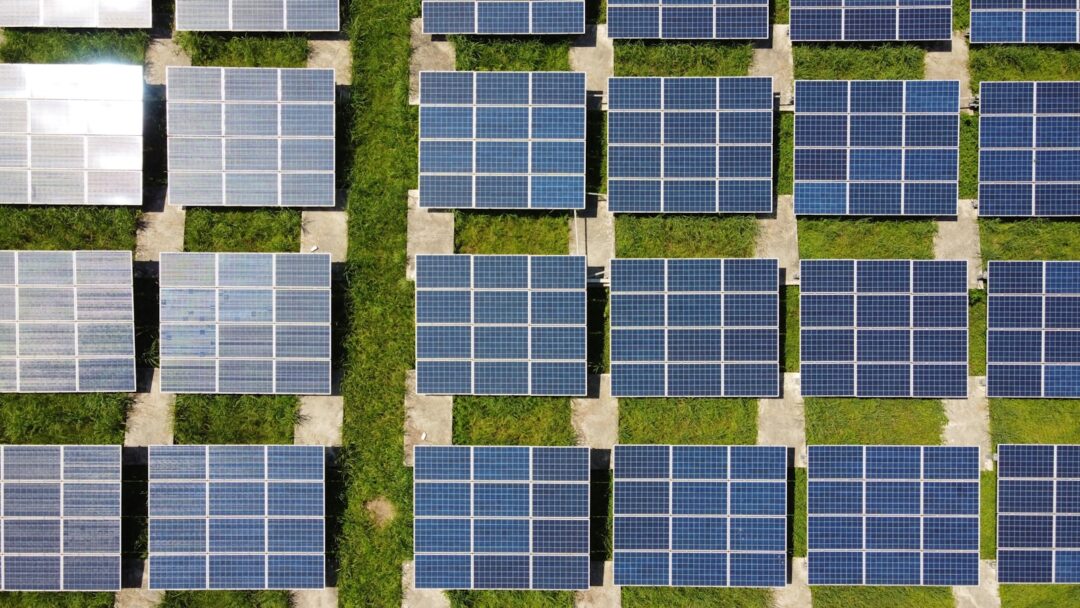Driving Efficiency and Affordability with Innovative Technologies
The Role of Advanced Materials in Renewable Energy Systems
The development of advanced materials and technologies, such as perovskite solar cells and vertical-axis wind turbines, is revolutionizing the renewable energy sector by significantly improving the efficiency and affordability of wind and solar energy systems. In regions like Saudi Arabia and the UAE, where the commitment to sustainable energy is strong, these innovations are crucial for meeting energy demands while minimizing environmental impact.
Perovskite solar cells have emerged as a game-changing technology in the solar energy landscape. These cells use a unique crystalline structure that allows for high efficiency and low production costs. Unlike traditional silicon-based solar cells, perovskite solar cells can be manufactured using simpler processes and cheaper materials, making solar energy more accessible and affordable. The ability to tune the properties of perovskite materials also enables the creation of flexible and lightweight solar panels, expanding their application potential.
Vertical-axis wind turbines (VAWTs) offer a complementary solution to traditional horizontal-axis turbines, particularly in urban and offshore environments. VAWTs are designed to capture wind from any direction, making them more versatile and efficient in turbulent wind conditions. Their compact and scalable design also allows for easier installation and integration into various settings, from city rooftops to remote areas. By leveraging these advanced materials and technologies, regions like Riyadh and Dubai can enhance their renewable energy infrastructure and achieve greater energy sustainability.
Perovskite Solar Cells: A Leap Forward in Solar Energy
Perovskite solar cells represent a significant advancement in solar energy technology. These cells are based on a perovskite-structured compound, typically a hybrid organic-inorganic lead or tin halide-based material, which is known for its excellent light absorption, charge-carrier mobilities, and ease of manufacturing. The efficiency of perovskite solar cells has rapidly increased in recent years, reaching levels comparable to traditional silicon solar cells but with the advantage of lower production costs.
One of the key benefits of perovskite solar cells is their flexibility. They can be fabricated on a variety of substrates, including flexible plastics, which opens up new possibilities for solar energy applications. This flexibility makes them ideal for use in portable electronics, building-integrated photovoltaics (BIPV), and even wearable devices. In regions like Saudi Arabia and the UAE, where the emphasis on innovative construction and smart cities is strong, perovskite solar cells can play a crucial role in integrating renewable energy into urban environments.
Moreover, the production process for perovskite solar cells is less energy-intensive than that for silicon cells. This not only reduces the overall carbon footprint of solar panel manufacturing but also lowers the cost barriers, making solar energy more affordable for widespread adoption. For business executives and project managers, investing in perovskite solar technology can enhance sustainability initiatives, reduce energy costs, and demonstrate leadership in adopting cutting-edge renewable energy solutions.
Vertical-Axis Wind Turbines: Enhancing Wind Energy Efficiency
Vertical-axis wind turbines (VAWTs) are poised to transform the wind energy sector with their unique design and operational advantages. Unlike traditional horizontal-axis wind turbines, VAWTs have blades that rotate around a vertical axis, allowing them to capture wind from any direction. This omni-directional capability makes VAWTs particularly effective in urban and offshore environments, where wind conditions can be highly variable and turbulent.
The compact and modular design of VAWTs offers several benefits. They require less space for installation, making them suitable for urban areas where space is at a premium. Their lower height compared to horizontal turbines also reduces visual impact and minimizes conflicts with aviation regulations. Additionally, VAWTs operate more quietly, making them a more acceptable option for densely populated areas. In cities like Riyadh and Dubai, VAWTs can be strategically deployed to harness wind energy without disrupting the urban landscape.
VAWTs are also easier to maintain due to their simpler mechanical design and ground-level components. This reduces the operational and maintenance costs, further enhancing the affordability of wind energy. For businesses and government agencies, investing in VAWTs can contribute to a diversified and resilient energy portfolio, reducing reliance on fossil fuels and promoting sustainable development. By embracing advanced wind energy technologies, regions can achieve their renewable energy targets and support global efforts to combat climate change.
Conclusion: Embracing Advanced Materials for a Sustainable Future
In conclusion, the development of advanced materials and technologies, such as perovskite solar cells and vertical-axis wind turbines, is driving significant improvements in the efficiency and affordability of renewable energy systems. By leveraging these innovations, regions like Saudi Arabia and the UAE can enhance their renewable energy infrastructure and achieve greater energy sustainability. For business executives and project managers, integrating these advanced materials into their energy strategies is crucial for promoting sustainability, reducing costs, and ensuring long-term success.
Promoting a culture of innovation and sustainability within organizations and communities is key to addressing the challenges of energy transition. By investing in advanced materials and adopting cutting-edge renewable energy technologies, businesses can lead the way in environmental stewardship and corporate responsibility. As we continue to advance technologically, the importance of integrating these innovations into renewable energy efforts cannot be overstated.
Ultimately, the goal is to create a cleaner, more sustainable future for all. By prioritizing the development and implementation of advanced materials in renewable energy, we can reduce our reliance on fossil fuels, mitigate the impacts of climate change, and enhance the overall quality of life. As leaders and innovators, it is our responsibility to harness the power of technology to drive positive change and ensure the well-being of our planet and future generations.
—
#AdvancedMaterials #RenewableEnergy #PerovskiteSolarCells #VerticalAxisWindTurbines #EfficiencyImprovements #AffordableEnergy #SaudiArabia #UAE #Riyadh #Dubai #ArtificialIntelligence #Blockchain #Metaverse #GenerativeAI #ModernTechnology #BusinessSuccess #Leadership #ManagementSkills #ProjectManagement

